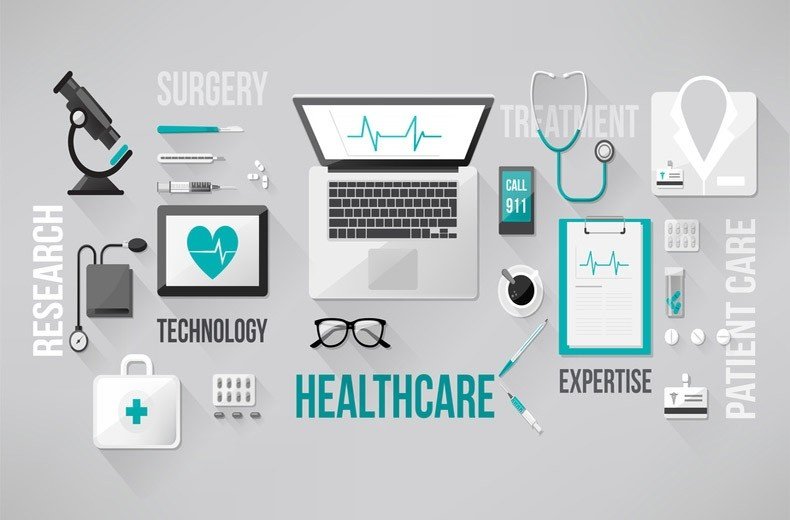Medical device manufacturing plays a significant role in modern healthcare. The development of machines and tools that are able to save lives is the responsibility of this industry. The sector covers everything from basic bandages to advanced imaging machines. Regulators strictly oversee the process to guarantee safety and efficacy, requiring rigorous testing and adherence to international standards.
. This is essential in keeping confidence in medical products.
The production of medical devices is an arena of innovation. The development of new solutions occurs due to increased advancements in materials and technology, which are a reaction to the constantly increasing needs in the sphere of healthcare. Contract manufacturing is one of the key players in this industry, enabling firms to exploit specialized skills as they increase production. Such partnerships are essential in addressing worldwide healthcare demands.
You must deal with these complexities, which require agility and vision.
Overview of Medical Device Manufacturing
Medical devices are a heterogeneous field, including surgical tools, diagnostics, and implantable devices. Each type demands a high level of expertise and quality control. The industry follows a strict path of safety and efficacy, with several steps including design, testing, and approval. This compliance makes the devices deployed in business-critical applications trustworthy.
The production and distribution of medical devices are the three key elements of design. Specialized technologies and processes are needed at every step, and these elements must be in line with regulatory requirements. The success of the medical device industry depends on several factors:
- Future materials and technologies.
- Cooperation between engineers, healthcare practitioners, and others.
- Efficient supply chain management.

The Important Processes in the Production of Medical Devices
Medical device production is a complicated process. Every step is directed to keep the best quality and safety standards. Design concepts are converted into physical products in the production stage, where raw materials play a major role. The materials used determine the functionality and durability of the device.
Precision is important in the manufacture of medical devices. Every one of the devices is made to precise specifications to ensure reliability in real-life usage. Cleanroom facilities are also commonly needed during manufacturing. These are regulated surroundings that reduce contamination, providing sterility for critical devices.
The most important activities within the manufacturing of medical equipment are:
- Purchasing of materials and quality control.
- Accurate machining, assembly, and assembly.
- Quality control tests and validation tests.
These are the essential processes that will make sure that the devices conform to regulatory and user standards.
Design and Product Development of Medical Devices
Medical device development begins with design, focusing on addressing specific medical issues.
It entails accuracy and innovative thinking. Ergonomics and user experience shape design choices, as appliances should be easy to use and comfortable. This involves a lot of prototyping, user reviews, and testing.
Medical products undergo tough testing, with caution and functionality put under serious consideration. Only devices that satisfy stringent conditions are allowed on the market. The interdisciplinary cooperation between engineers, clinicians, and scientists improves product development, resulting in practical and convenient solutions.
Regulatory Environment and Quality Standards
The manufacturing of medical devices is subject to stringent rules. These standards provide for effective and safe devices, with regulatory authorities such as the FDA and EMA playing a central role. Manufacturers must achieve quality standards like ISO and GMP guidelines.
The market requires manufacturers to document and test devices stringently to ensure compliance
This provides accountability and uniformity. Manufacturers ought to know the various policies on the international front, as the standards and approval processes of every market are different.
Related Article: A Guide to Starting a Medical Device Manufacturing Business in India
Medical Equipment Production: Inventions and Tendencies
Innovation is a motivation in the manufacture of medical equipment. Innovators constantly introduce new materials and technologies in this industry, creating exciting opportunities for patients and providers.
- Minimization is on the increase. Smaller devices are less cumbersome and easier to carry, which helps in patient care, especially in remote monitoring.
- The 3D printing business is on a booming course, allowing for rapid prototyping. Companies are now able to generate tailor-made solutions in a more efficient way.
- The industry is also being digitized. Artificial intelligence (AI) and the Internet of Things (IoT) are transforming the functionality of devices, improving patient outcomes, and optimizing healthcare.
Find the Best Business Ideas by clicking here
Contract Manufacturing and the Medical Device Industry
Contract manufacturing dominates the medical device industry. This allows for flexibility and scalability, enabling the efficient production of medical equipment.
Outsourcing to specialized companies reduces costs and accelerates market delivery. This allows access to the latest technology and expertise. These arrangements are a great benefit to smaller companies.
Globally, the contract manufacturing industry for medical devices is growing. It supports startups that have limited resources and abilities. With experts handling manufacturing, companies can concentrate on innovation.
Find all of our books here.
Challenges and Opportunities
Medical device manufacturers face a number of challenges. Regulatory compliance demands high standards and flexibility.
The complexity of supply chains makes it even more difficult.
Opportunities abound despite these challenges. Rapid technological advancements drive innovation, and a focus on patient-centric design creates new growth opportunities.
New trends can lead to innovative solutions. The following are key opportunities:
- Automating and increasing efficiency
- Exploring eco-friendly materials
- Expanding into global markets
It is important to balance cost and quality while maintaining innovation. This industry adapts continuously to meet the demands of consumers and promote progress.
Find the Best Idea for Yourself With our Startup Selector Tool
Conclusion
The manufacturing of medical devices is a key component in the innovation of healthcare. Precision, safety, and technology are all combined in this industry. With continued investments and advancements, the future of this industry looks bright.
Manufacturers need to adapt to changing challenges and opportunities. Progress is driven by regulatory compliance, patient-focused design, and sustainability. These elements are crucial for remaining competitive on the global market. Focusing on excellence will ensure growth and better healthcare outcomes around the world.
For more information, check out this Related video.
Frequently Asked Questions(FAQ)
Q1: What is medical device manufacturing?
A: It involves designing, producing, and testing medical tools and equipment that meet strict safety and quality standards.
Q2: What role does contract manufacturing play in this industry?
A: Contract manufacturing allows companies to outsource production to experts, reducing costs and speeding up market delivery.
Q3: What are the major challenges in medical device manufacturing?
A: Challenges include strict regulatory compliance, complex supply chains, and balancing innovation with cost-effectiveness.
Q4: How is technology impacting medical device manufacturing?
A: Innovations like 3D printing, AI, and IoT are driving new device functionalities and improving patient outcomes.
Q5: What are the current trends in medical device manufacturing?
A: Trends include miniaturization of devices, digitization, use of eco-friendly materials, and automation of production processes.







